In a Running correction, what is the maximum wave-b can exceed the end of wave 1?
ANSWER:
A Running correction is a Flat in which wave-b terminates much higher (if the larger-degree trend is up) than the top of the previous advance (or much lower than the bottom of the previous decline if the larger-degree trend is down). For the rest of this explanation, let’s assume the larger-degree trend is up and the advance before wave-b is wave-1 (it could also be wave-A). In all cases, the behavior of wave-b signals the strength of the market’s future advance. The higher wave-b ends above the top of wave-1, the stronger and larger wave-3 becomes. This concept is part of NEoWave Logic, which says a strong correction MUST produce a strong future move.
If you measure the length of wave-1 (in the above example), wave-b should NOT top higher than 61.8% of wave-1 added to the top of wave-1. If wave-b exceeds that level, it is nearly certain a running correction is not unfolding and some other scenario is developing.

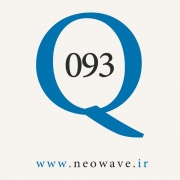
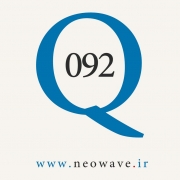
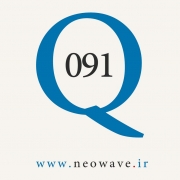
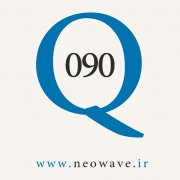
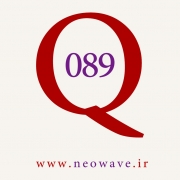
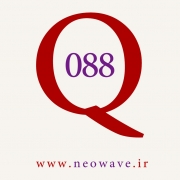
آخرین دیدگاهها